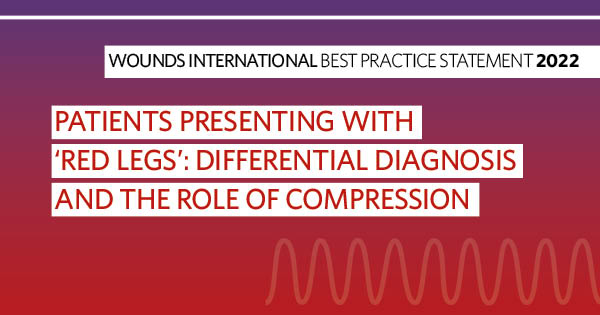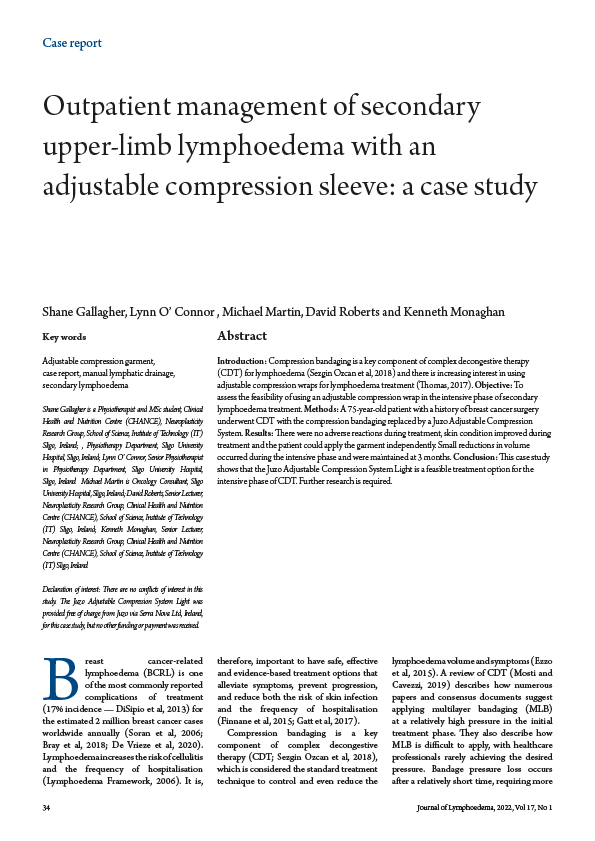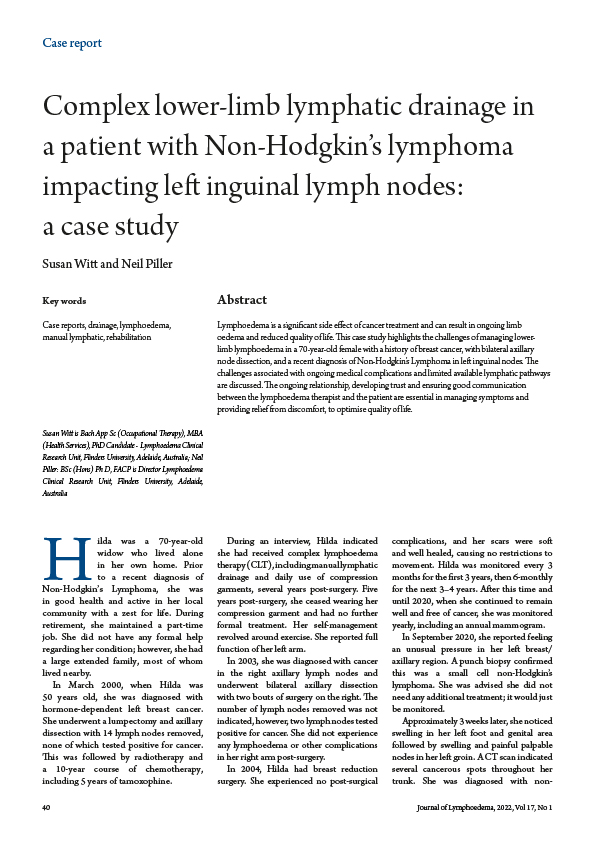<p>Changes are caused to the intra-thoracic and intra-abdominal cavity pressures as we breathe, even when we breathe superficially, but especially with deep abdominal breathing. As the tidal volume increases, the diaphragmatic excursion will increase, causing a greater change in pressure in the thoracic and abdominal cavities, which is particularly pronounced with increased respiratory rate. Within these cavities are the great veins and larger collecting lymphatic trunks, both of which are capacitance vessels. Variation in intra-thoracic pressure can facilitate variation in venous return, not only from the trunkal area, but from the head and limbs as well as through the jugular/subclavian veins. The thoracic duct drains near the junction of the left jugular/subclavian vein, while the right lymphatic duct drains similarly into the right jugular/subclavian vein.</p>





